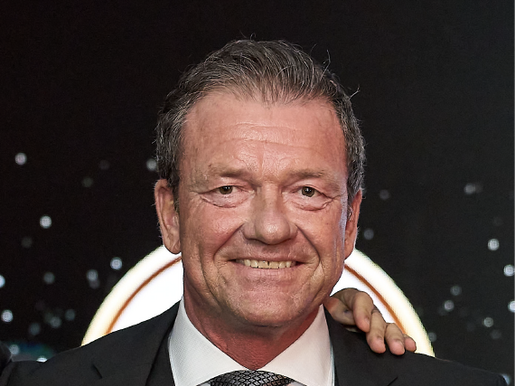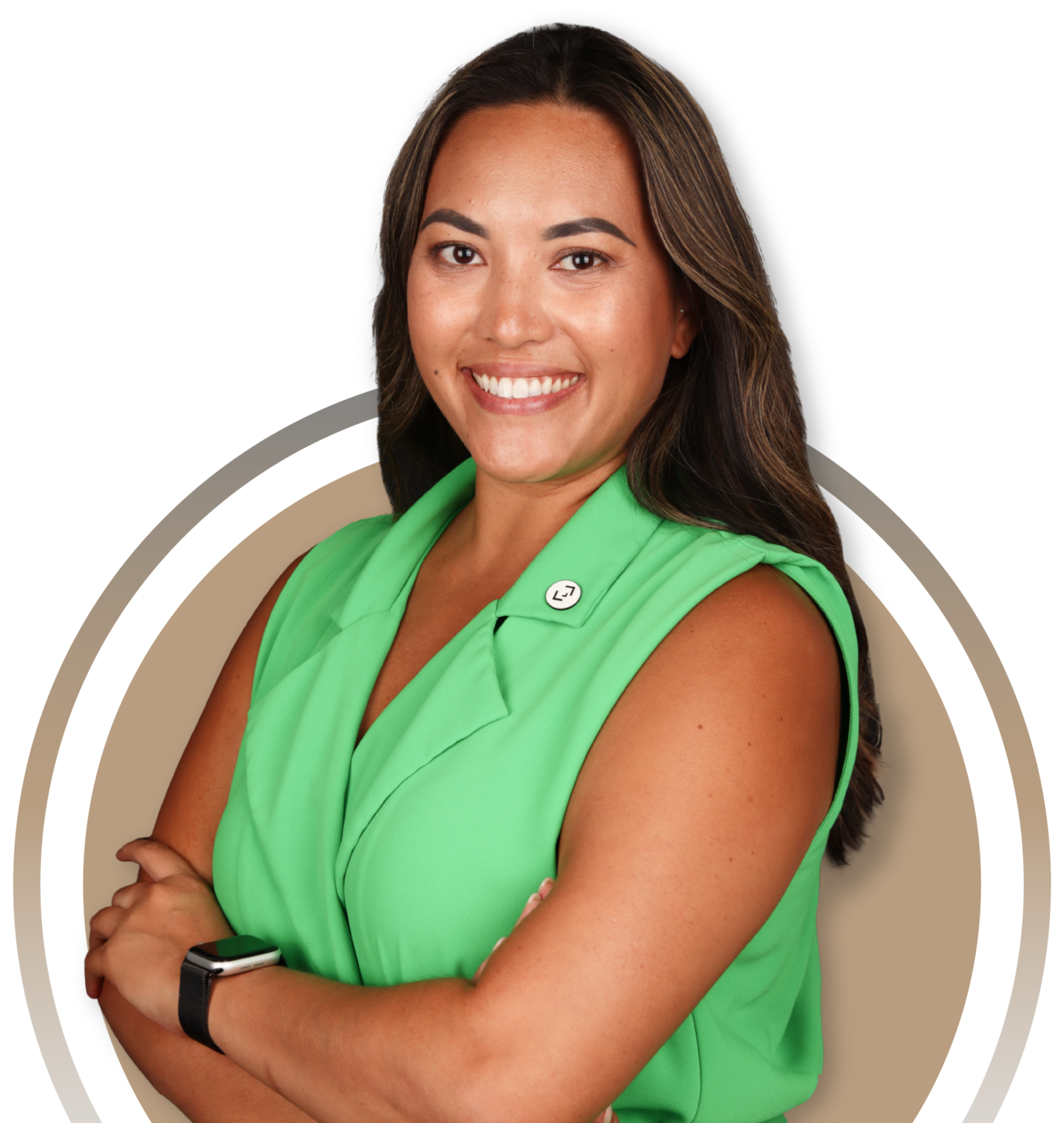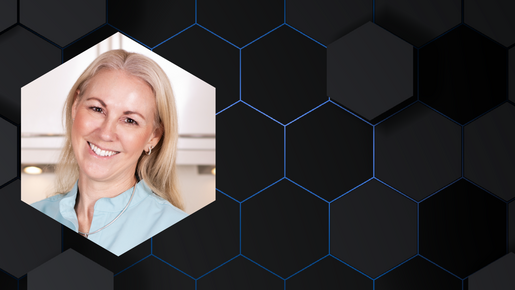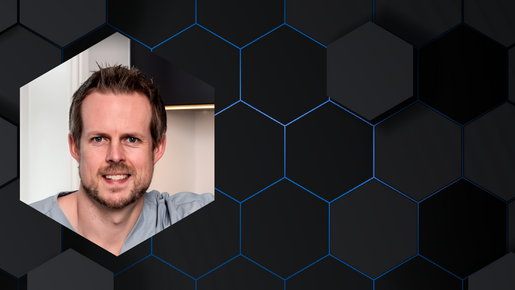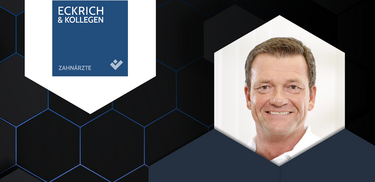
From analog to streamlined
When you ask Stephan Eckrich today how he enjoys his work he answers “I love my work and I love being a dentist!” But it wasn’t always like this. Before implementing DSD in his clinic, he describes his former planning and workflow as “a headache”
Dr Eckrich faced significant challenges with time-consuming processes, including manual impressions, model-making, and a lack of integration in facially-driven smile design, which not only delayed treatments but also led to unpredictability in patient outcomes. He found that this analog approach made it difficult to plan and execute complex cases efficiently, impacting the clinic's ability to provide optimal dental solutions within a reasonable timeframe.
It was during his extensive search for a solution to these challenges through reading journal articles about digital dentistry that he came across DSD.
"No other competitor had the full range of products with 2D and 3D planning; this complete package was only offered by DSD," he explains as his reason for selecting DSD over other providers.
From the point of attending his first DSD course in 2019, he knew he had made the right decision. “I knew this was exactly the right way for me and what I wanted to focus on,” he adds. He remembers being impressed by how Christian Coachman, DSD founder, presented the concepts in a logical way. “Everything made sense to me and seemed to be easy to perform,” he continues.
"No other competitor had the full range of products with 2D and 3D planning; this complete package was only offered by DSD."
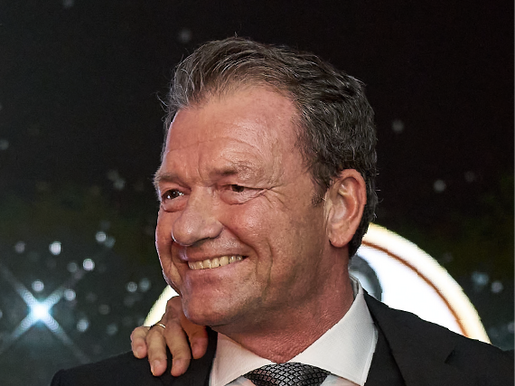
Dramatic impact
Once he began to implement DSD in his clinic, the dramatic savings in time became evident. Previously, he would spend a minimum of 4 hours planning a restorative case to ensure precision outcomes. With an average of two cases like this per week, this time added up, giving him little free time once appointments, paperwork and business management tasks were done.
Nowadays, the detailed interdisciplinary treatment plan is compiled by the DSD Planning Center and only requires a 30 minute case discussion with Stephan and the team, after which he sends the stereolithography (STL) files to his lab to proceed with full confidence that the case will go according to plan.
“It is a very effective call because everything is prepared in advance and we have the collective intelligence of specialized people reviewing the case, so I am assured that everything we discuss is accurate and comprehensive,” he explains.
“And this, for me, is unbelievable because it saves so much time,” he says, adding that his weeks now give him the flexibility to spend more time with his family and improve his golf handicap.
For Stephan, DSD implementation set off a chain reaction in his clinic; his patients became more informed and accepted their comprehensive treatment plans which often included aligner therapy, as a result he was able to become more selective with patients and increase the value of his cases.
When asked if he would recommend DSD to other dentists in Germany, he says: “Absolutely. I always say to dentists to take their time with DSD and to start with a course to learn the concepts but also to understand the spirit of DSD.” He explains that dentists in Germany are under a great deal of pressure with regulatory paperwork that accounts for up to 30% of their time. “They are so busy that they don’t have time to explore different ways of doing dentistry,” he concludes. Fortunately for Stephan, he was able to make the shift and reap the rewards.
“It is a very effective call because everything is prepared in advance and we have the collective intelligence of specialized people reviewing the case, so I am assured that everything we discuss is accurate and comprehensive.”
